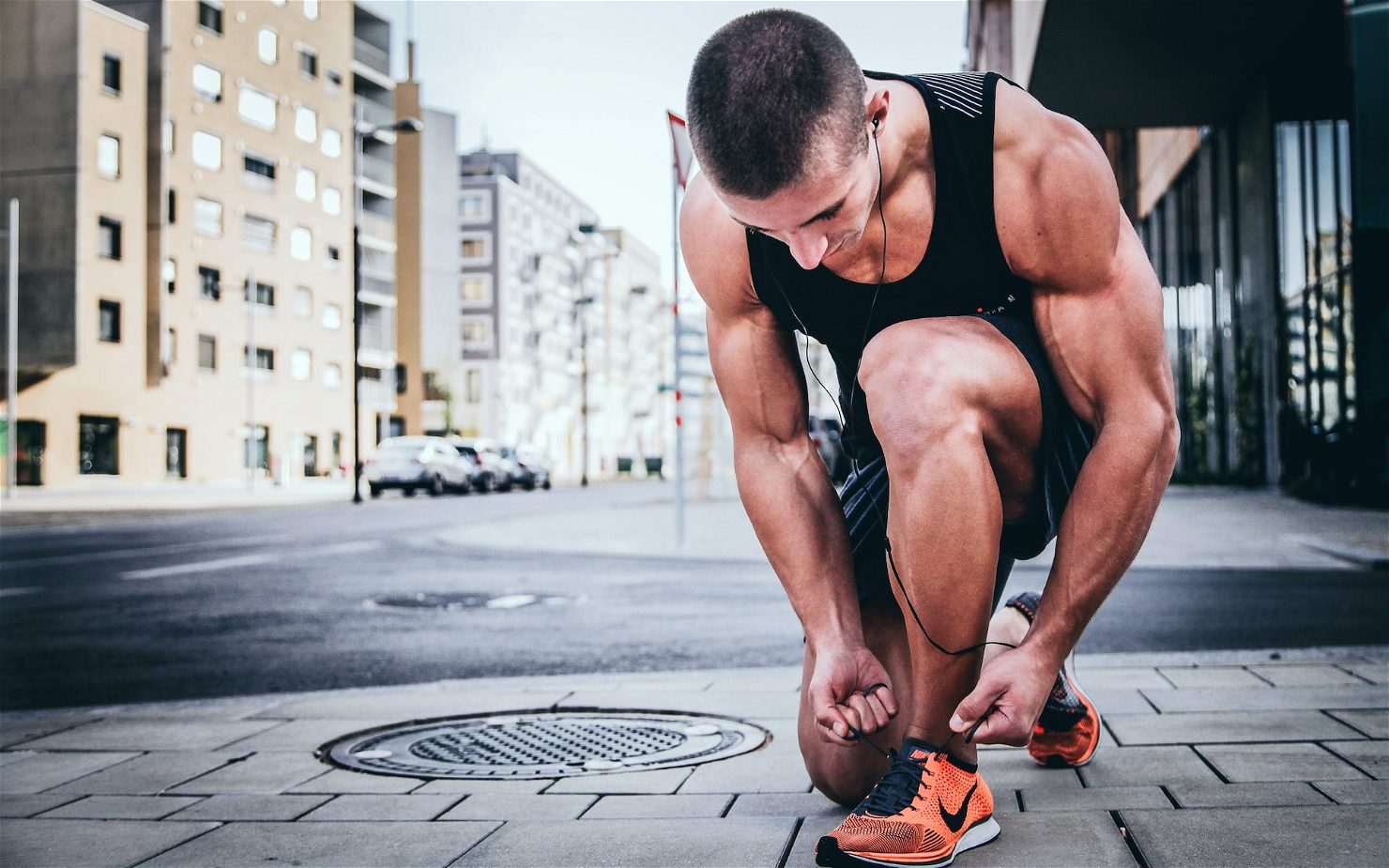Talks the Expert, Dott. Giuseppe Falvella, physiotherapist
The end of the Christmas holidays often marks the return to athletic training. However, after taking a break from such strenuous activities, it is critical that one resumes gradually to prevent injury. This also applies to running, whether it is a resumption or a proper start.
Running is good for the heart and brain, improves mood, and strengthens the immune system. The positive effects of running are many, but to avoid the risk of injury, there are some precautions to consider.
In particular, “every runner, whether a professional or not, must take into account 5 elements“. Dr. Giuseppe Falvella, a physiotherapist specializing in postural, orthopedic, and sports rehabilitation, shares these precautions.

Postural and baropodometric examination
The first thing to do before starting to run, regardless of one’s level, is a postural assessment and a baropodometric examination.
“This examination is essential in understanding where someone exerts the most pressure on their soles when walking and standing, because any wrong loads can have repercussions. Without the proper shoe support, runners may experience muscle injuries and joint overloads, especially of the knee and the spine,” according to Dr. Falvella.
This is why it is important to make assessments before starting to run and to understand what the right shoe is when looking for support. Weight is also another factor to consider when finding the right shoe or if there is a need for an insole.
“Running every day stresses the foot a lot, if you don’t have the right shoes, you are more exposed to the risk of injuries”.
The rhythm in running
Some people might think that a slow pace can keep you away from injuries. In reality, a slow pace tires the joints more. “This is an important aspect to take into consideration when running. Running at a slow pace, typically fewer than 170-180 steps per minute, places more stress on the joints and can result in lost correct biomechanics”. Running at a slow pace can also cause runners to have an incorrect posture.
Running without muscle tension
In addition to rhythm and posture, another aspect to consider is muscle tension.
“Often amateur runners tend to run with stiff shoulders and tense arms. By doing this, they create tension in all their muscle structures, with no running fluidity or correct biomechanics. In addition to this, if there is a greater muscle tension on the shoulders during running, energy is dissipated.
Generally, while running, the arms are kept at 90° angles and the body leans forward. However, this type of posture requires good mobility; in other words, the arms must not be rigid, but are an aid to biomechanics, therefore are free. Contracting shoulders and arms while running creates muscle tension and disperses the energy that is needed.
The advice – continues the expert – “is to create a mental map before starting to run”. The runner must be aware of the movement he will take before putting it into action: “during his run, he must think that his shoulders and arms must remain soft, ‘letting go of the leg’, in order to have much more fluid biomechanics. The first step on a neuromuscular level is to think about exercise before going for a run.” Basically, imagine the movement beforehand.
The correct support in running
Speaking of support, “usually when we are standing, we unload 80-90% of the weight on the heels. Therefore, correct support is especially important in running.
There are three phases to the plantar strike push: the stance, the push off, and the flight phase, where you switch from one foot to the other.” While walking you start with your heel, this is not the case for running.
“The support must take place on the midfoot. Many runners in the running phase unload – i.e., support – the weight on the heel. This habit is harmful because it places excessive stress on the heel, causing stress on upper structures in 90% of cases and increasing the risk of joint problems, particularly in the knees and spine.
For a correct run, there must be a phase of support and push on the midfoot and on the forefoot. Very often, amateur runners run and click their heels, this is very risky, especially if done repeatedly”.
Diversify the type of training
“Another useful tip, often underestimated by amateur runners, is to consider the type of work you want to do while running, whether this is resistance or speed.
For instance, resistance is obtained with continuity in the exercise, which means that there is consistency for a prolonged period. My advice, however, is to work in an integrated way”.
In conclusion, it is advised that runners alternate the type of training that they are doing, inserting specific exercises for speed and not just for resistance.




